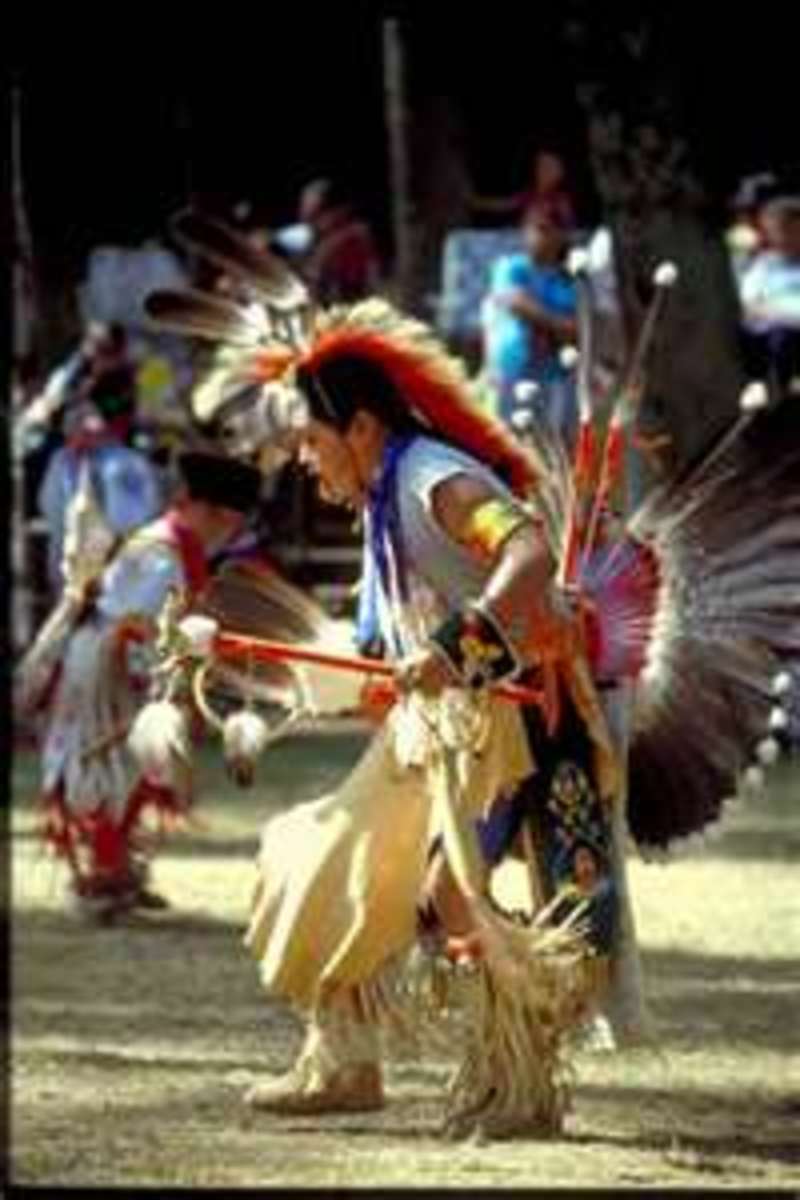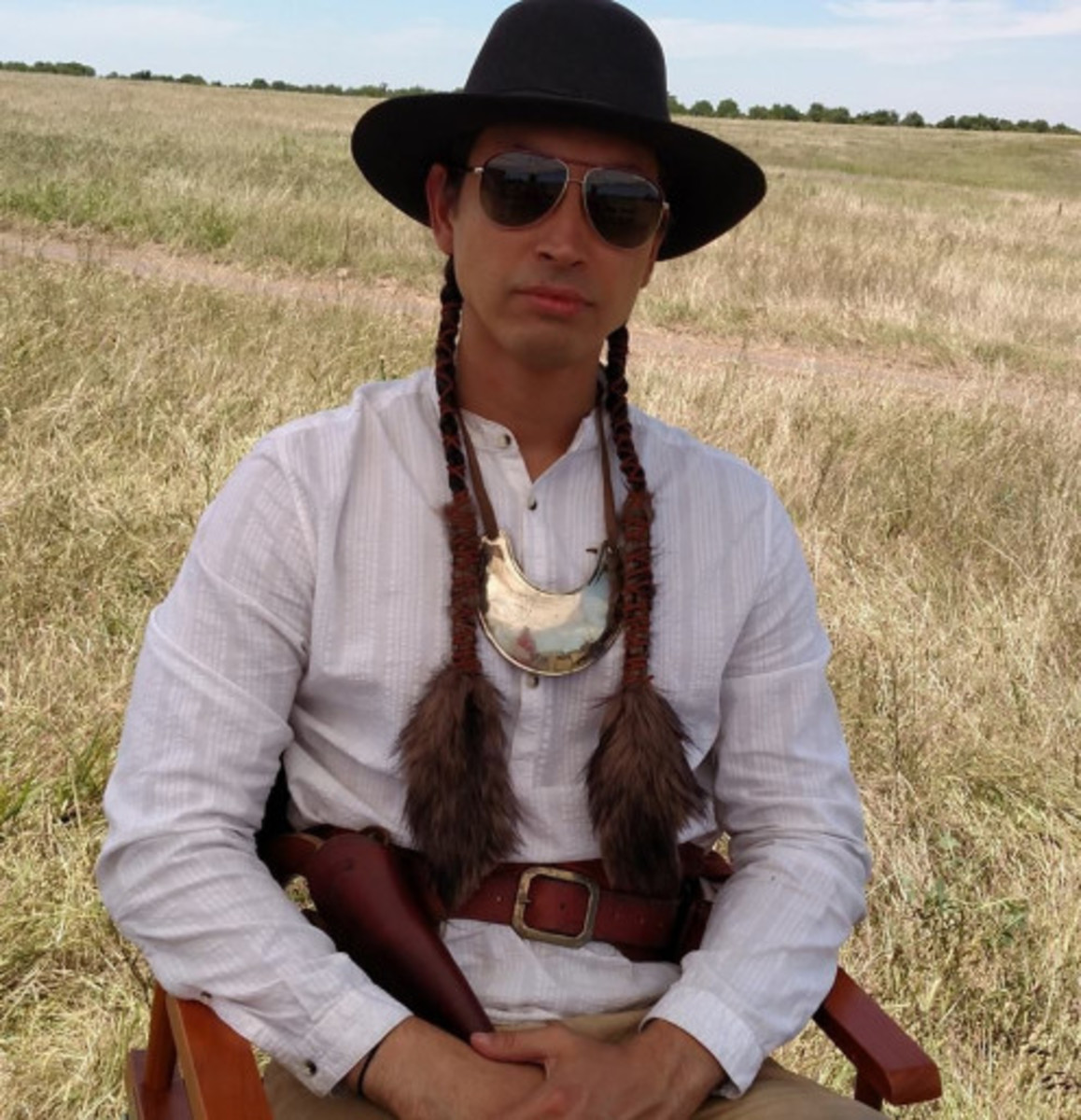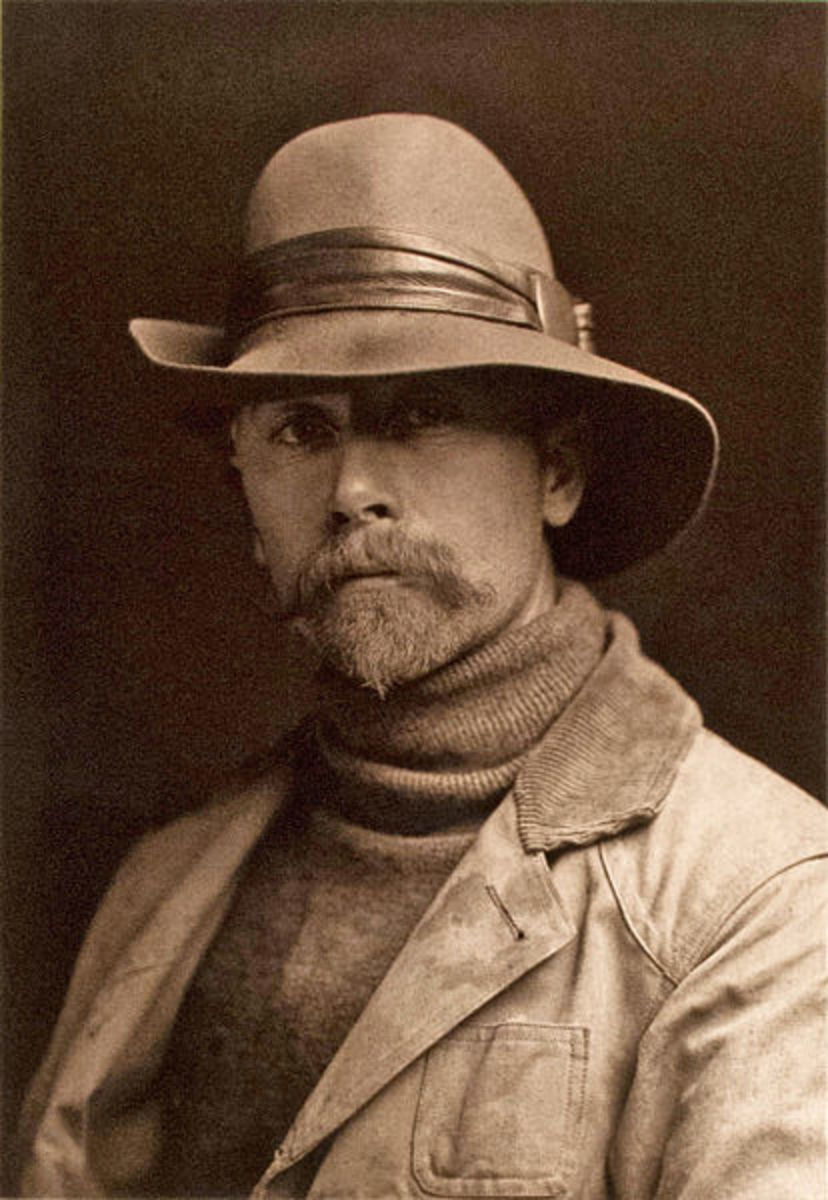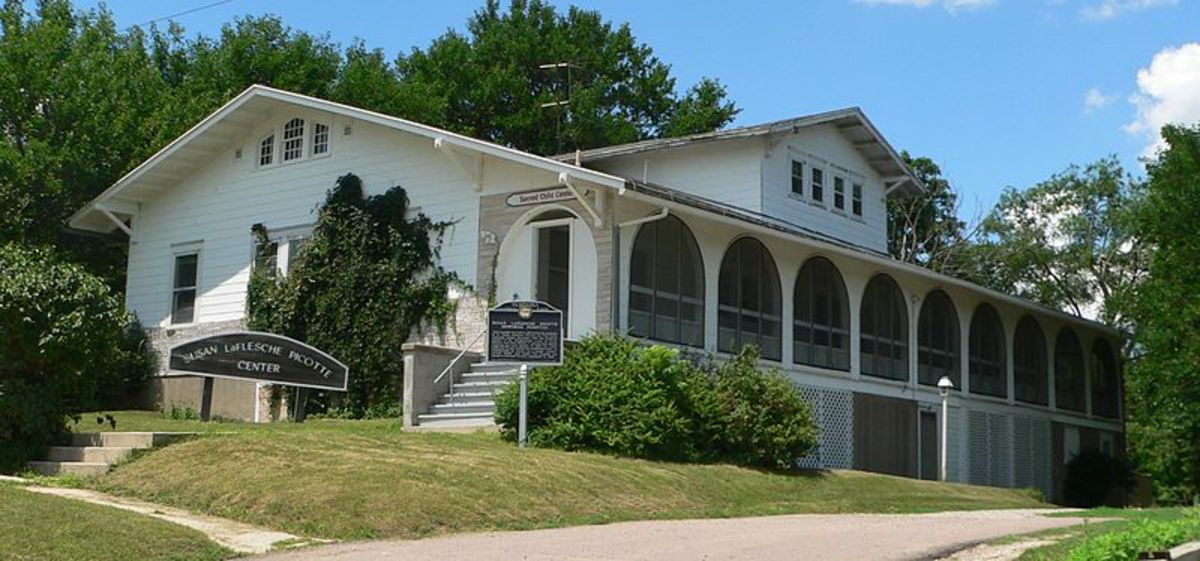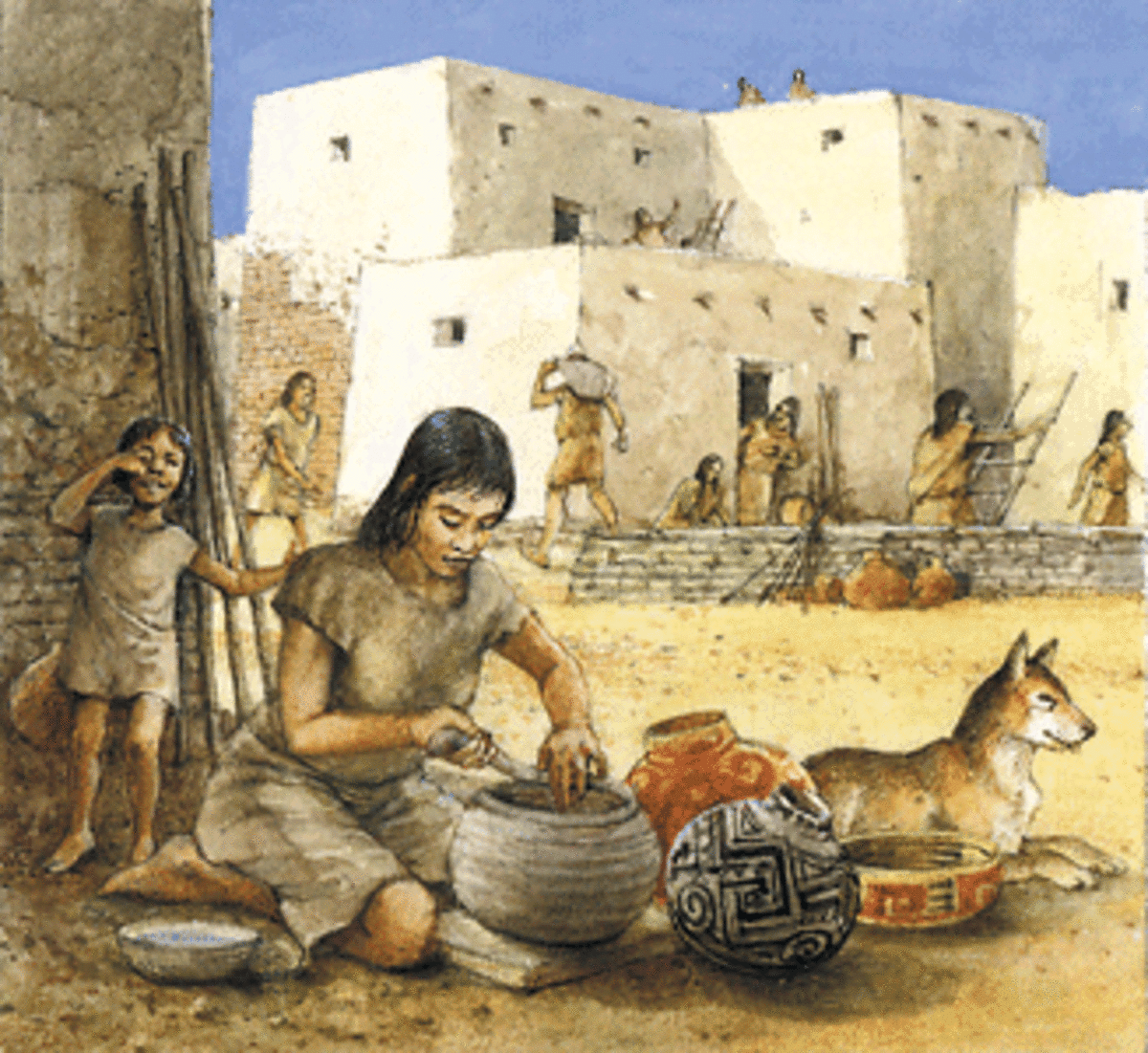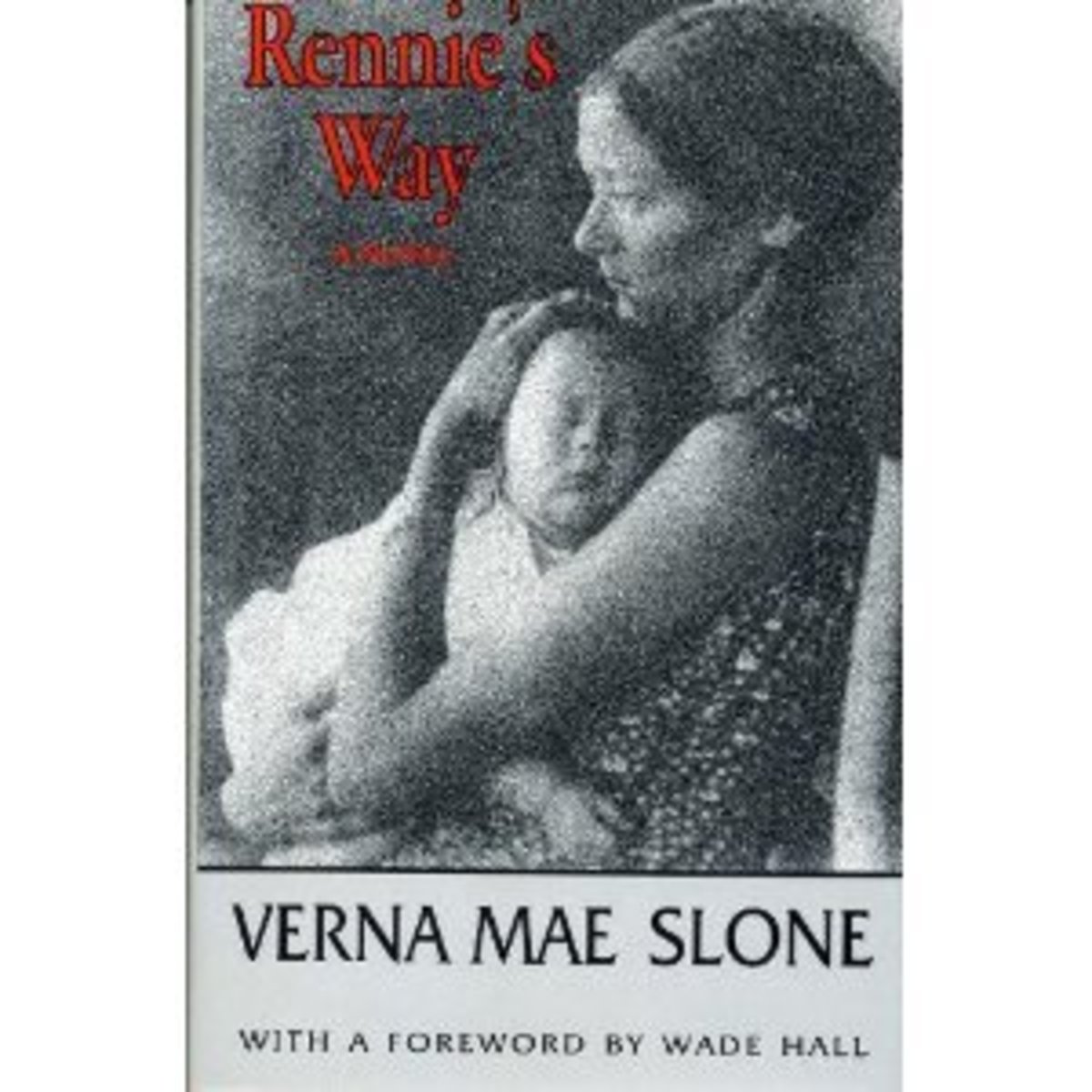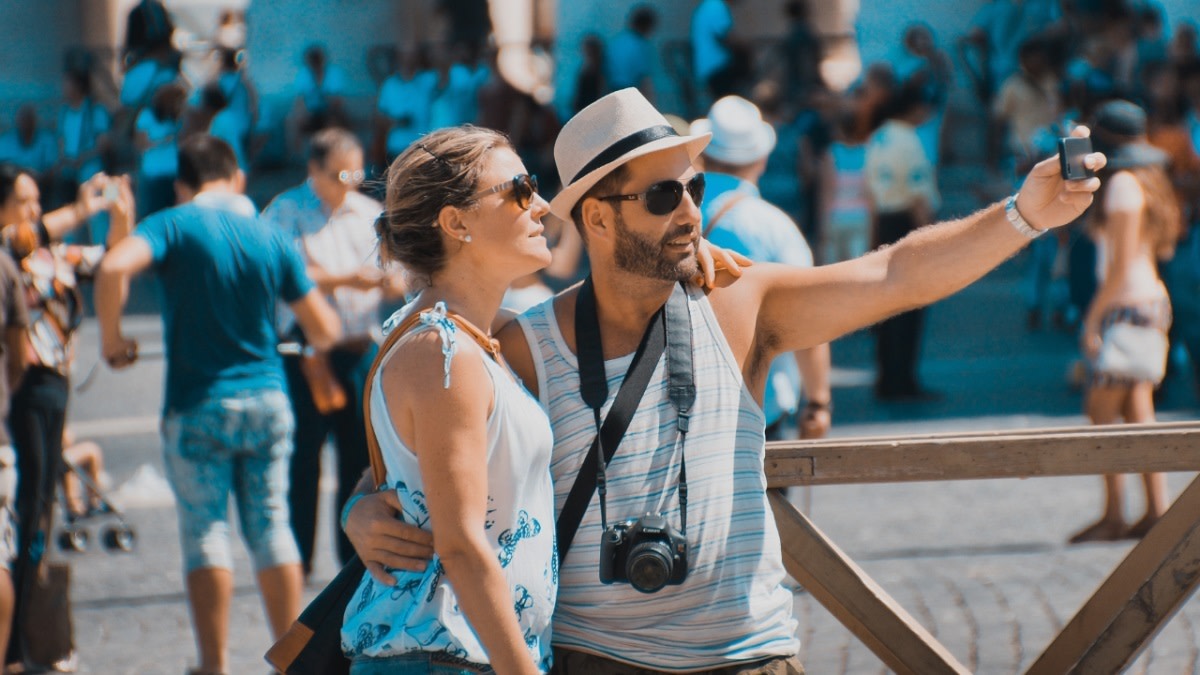Stereotyped Modern Native American
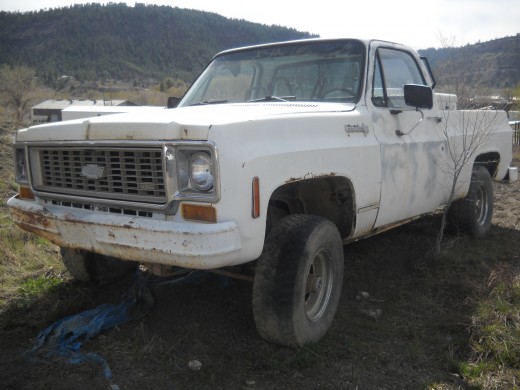
My pony is a blue 1993 single cab dented Ford Ranger because it usually gets me from here to there without needing more than one flat tire inflated or one charge from my worn out jumper cables with exposed wires.
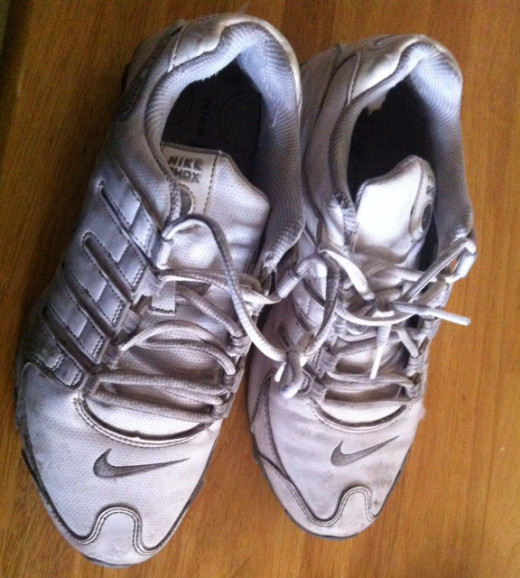
My moccasins are second hand from Good Will but made by Nike because when I started going to school in Albuquerque everyone made fun of my Walmart brand skater shoes.
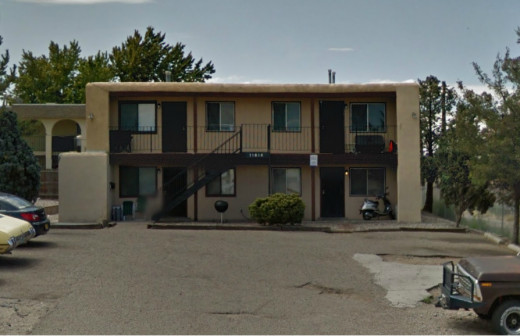
My tepee is a one bedroom apartment in a steal framed stucco coated four-plex because HUD thinks it’s an acceptable place for me, my cousin, and two sisters to live while trying to qualify for food stamps and work double shifts at the gas station down on Fourth and Lomas.

My medicine man is the 24 hour Wal-Greens pharmacy because the corn pollen my Grandma gave me before she passed on to the next world two Thanksgivings ago was accidently spilled in my closet a few months after she gave it to me.

My land is nowhere to be seen.
American Indian Hubs
- Climate During and After the Native American Migration to North America
A research paper on how Native Americans migrated through the Bering Strait to the Americas several thousand years ago. - The Effects of Global Climate Change on Indigenous People
What does climate change mean for indigenous communities across the world? - An American Indian Family- A Literary Analysis of Luci Tapahonso's "a radiant curve&quo
A look at traditional Native beliefs in a modern world. - Mourning Dove’s Cogewea: A Dual Citizen
A literary and cultural analysis of Mourning Dove's novel Cogewea. This analysis details the trials and tribulations of being half white and have Native American. - Bridging the Gap- A look at the work of some Native American female writers
A comparison and contrast between the works of Leslie Marmon Silko, Jane Johnson Schoolcraft, and Zitkala Sa on the traditional role of Native American woman in society and family settings. - Defining a Life- Zitkala Sa's "Soft Hearted Sioux"
Zitkala Sa's "The Soft Hearted Sioux" narrates the life of a young Sioux man who becomes a Christian and tries to live his life according to the Bible but has to overcome his family's beliefs. - The twenty first century Native American Woman is still fighting for survival.
A short hub on the many things Native American woman are and are stereotyped to be. - Window Rock: A Symbol of the Navajo People
A short hub on what Window Rock means to the Navajo people. - The Affects of Music in Sherman Alexie's Reservation Blues
All of the images above are real life incidences for present day American Indians. The traditional beliefs that American Indians live in tepees, ride horses, and speak to both animals and plants like people have become a thing of the past. Present day American Indians struggle with identity and poverty on a daily basis. As a young child should they play Cowboys and Indians or Indians and Indians? Who is the good guy and who is the bad guy? Or as the child becomes an adolescent should they go to a reservation school or a boarding school? Is it better to be educated off the reservation or keep their cultural identity by staying on the reservation? Or, finally, as the teen becomes an adult should they choose to live on a reservation with very few jobs and a bleak future or move to a larger city where jobs are all entry level and there is no resemblance to reservation life or people?
For many American Indians the question of leaving the reservation is thought of but seldom acted upon. The reservation is home to their family and friends and off the reservation is a whole new world where people barely know each other. There is a loneliness that permeates the world off the reservation. Within most communities on the reservation every one knows every one else, whether they like each other or not is an entirely different discussion. It is hard to think of leaving the poverty of the reservation to even try to live off of the reservation. This is why it is so hard for American Indians to thrive in today's urban societies. The quiet reservation life is often preferred over the quick paced city life.
Yet, in quiet reservation towns drug and alcohol abuse and teen pregnancy rates skyrocket. In fact, these types of behaviors are often cycles within generations of families. It appears education could help end these cycles but education is seldom the answer to a problem most, if not all, American Indian reservations deal with on a daily basis. It would take a lot of planning and funding for American Indian reservations to get out of poverty. Many people outside the American Indian community do not see or understand the desolation American Indians have faced for generations. The only thing that can be done is shed light on these facts and hope for a better tomorrow for future generations.
© 2012 morningstar18


